Are you 50 or over and noticing your hair thinning? Don’t fret: after age 50, half of all men start to lose their hair. But this baldness, whether incipient or pronounced, might be causing you concern. Rest assured: you’re at the ideal age for a hair transplant. As long as you entrust your locks to the best hair surgeons using the most advanced grafting techniques and adopt a personalised treatment with hair implantation and grafts appropriate to your age and baldness, you’re in good hands. Let’s look at the hair transplant techniques best suited to men and women in their fifties.
What is alopecia?
Alopecia, the generic term for partial or total hair loss, can occur at any age: in men, it can begin as early as 20 or 30 years of age, occurs most frequently between 30 and 40, and continues into old age. Some patients, who feel self-conscious about early hair loss, may consider a hair transplant as early as their thirties. At this age, however, specialists prefer limited procedures (implantation of a maximum of 1,000 grafts), as the alopecia will continue to progress and will likely require further operations later on.
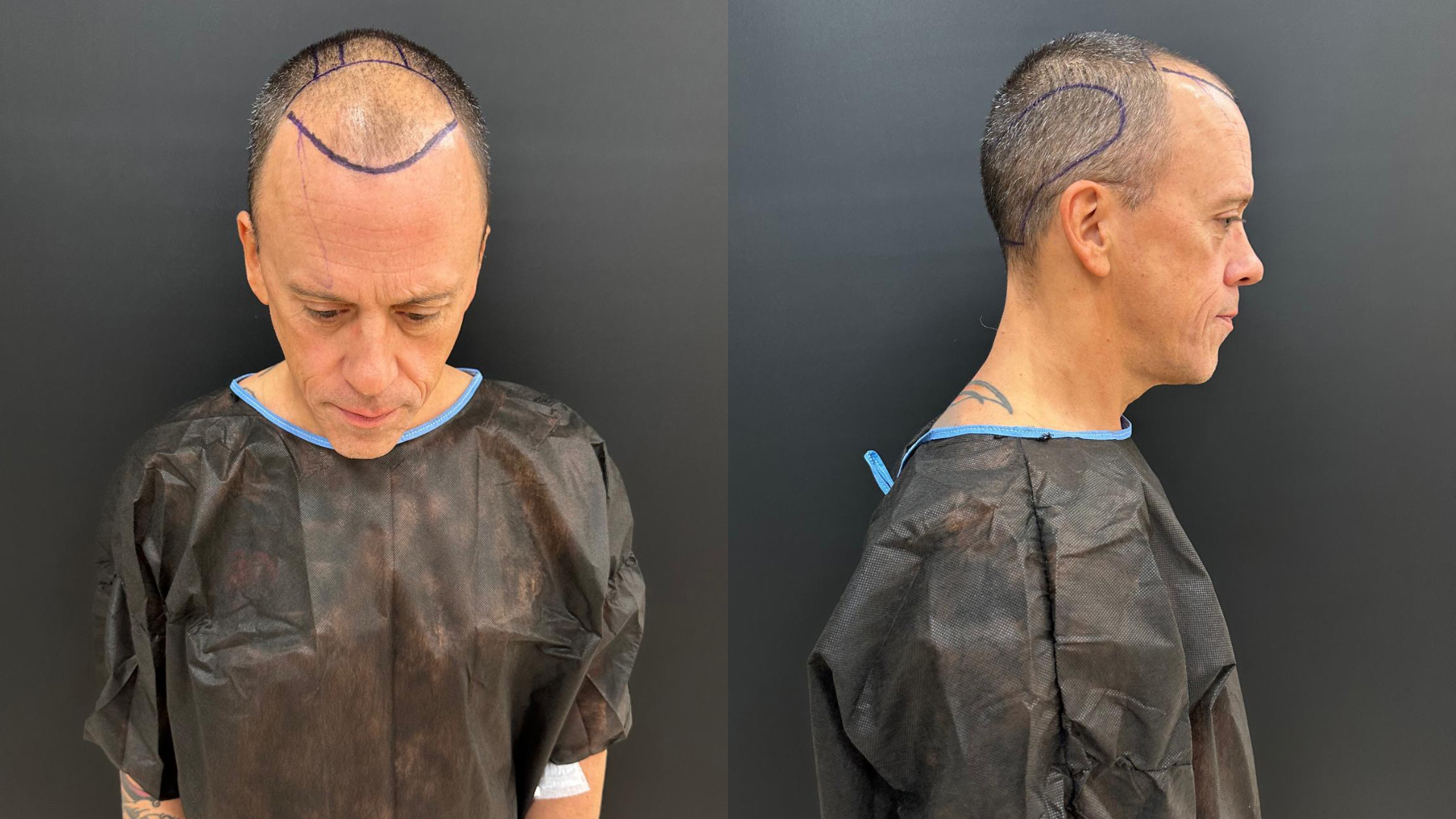
When baldness is still limited, it’s therefore in the patient’s best interests to wait until they’re in their fifties before considering a more extensive hair transplant, and opt for more definitive surgical treatment, with the best possible success rate. Especially as alopecia is much more likely to appear – or accelerate – after the age of 50. In fact, while around 20% of men experience hair loss from the age of 25, almost 50% of men only start to lose their hair after the age of 50.
50, a pivotal age
For men suffering from alopecia as early as their thirties, or sometimes earlier, specialists note a stabilisation of hair loss when they reach their fifties. Depending on family history, general state of health, lifestyle (stress) or certain hormonal imbalances, this stabilisation may vary. For men and women who experience hair loss between the ages of 45 and 50, this is due to a natural and gradual reduction in follicles, which weaken with age, producing thinner hair and gradually greying.
In women, as in men, the primary cause of alopecia is hereditary. This is known as androgenetic alopecia. Androgenetic alopecia, the most common and most visible after the age of 50, is caused by age-related hormonal changes, when testosterone mutates and is transformed into another hormone, DHT, which causes some men to experience an accelerated hair cycle. At the same time, this DHT generates an overproduction of sebum under the scalp, slowing down the proper growth of the bulbs and weakening the hair.
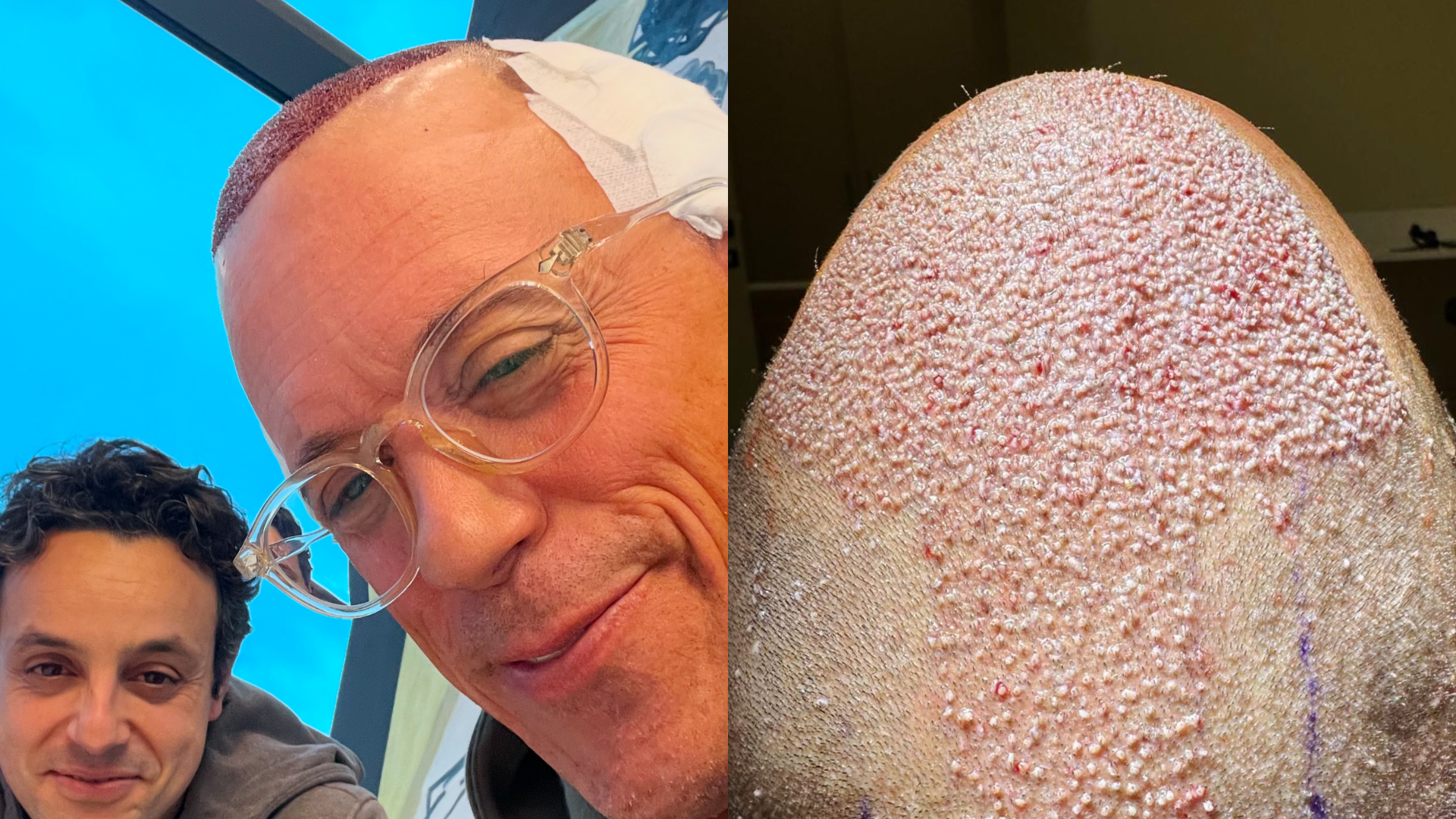
But hair loss can also be linked to stress, anxiety, medical treatments or vitamin and/or mineral deficiencies. More rarely, a dermatological condition such as alopecia areata can cause massive hair loss. And in women, widespread alopecia is increasingly caused by excessive use of the hairdryer, repeated use of straightening irons or stress from braiding, which causes the hairline to ‘recede’.
In all cases, specialists recommend waiting until hair loss has stabilised before starting a hair treatment or opting for a hair transplant. The Norwood-Hamilton Scale is used to better define the type of baldness, its evolution and stabilisation, and to consider the hair treatment best suited to each individual.
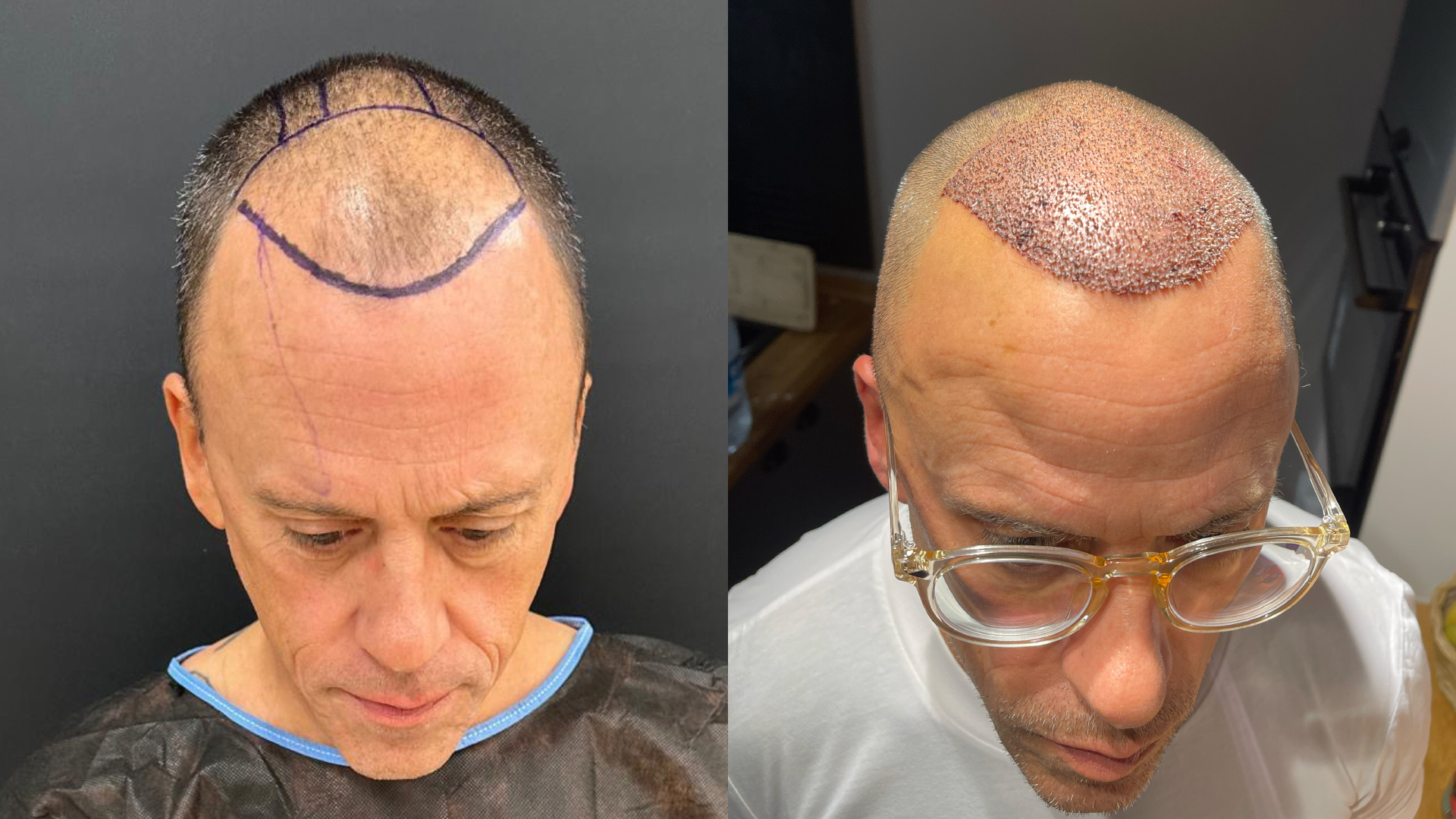
Treating your hair better
It’s best not to wait until you’re in your fifties to treat your hair properly. But it’s never too late to keep your hair healthy and slow down the ageing process.
- Encourage blood microcirculation at the roots by massaging the scalp gently and in circular movements every day.
- Avoid anything that could damage your hair follicles: water that’s too hot, colouring, hairspray, tying your hair up too tightly, blow-dryers and straighteners that are too hot.
- Eat well: as with your teeth, your hair is an indicator of your diet and general state of health.
- Dietary supplements adapted to hair loss, rich in trace elements, minerals and vitamins, can be prescribed.
- Natural treatments, particularly those based on essential oils, are also beneficial for the hair and can slow alopecia.
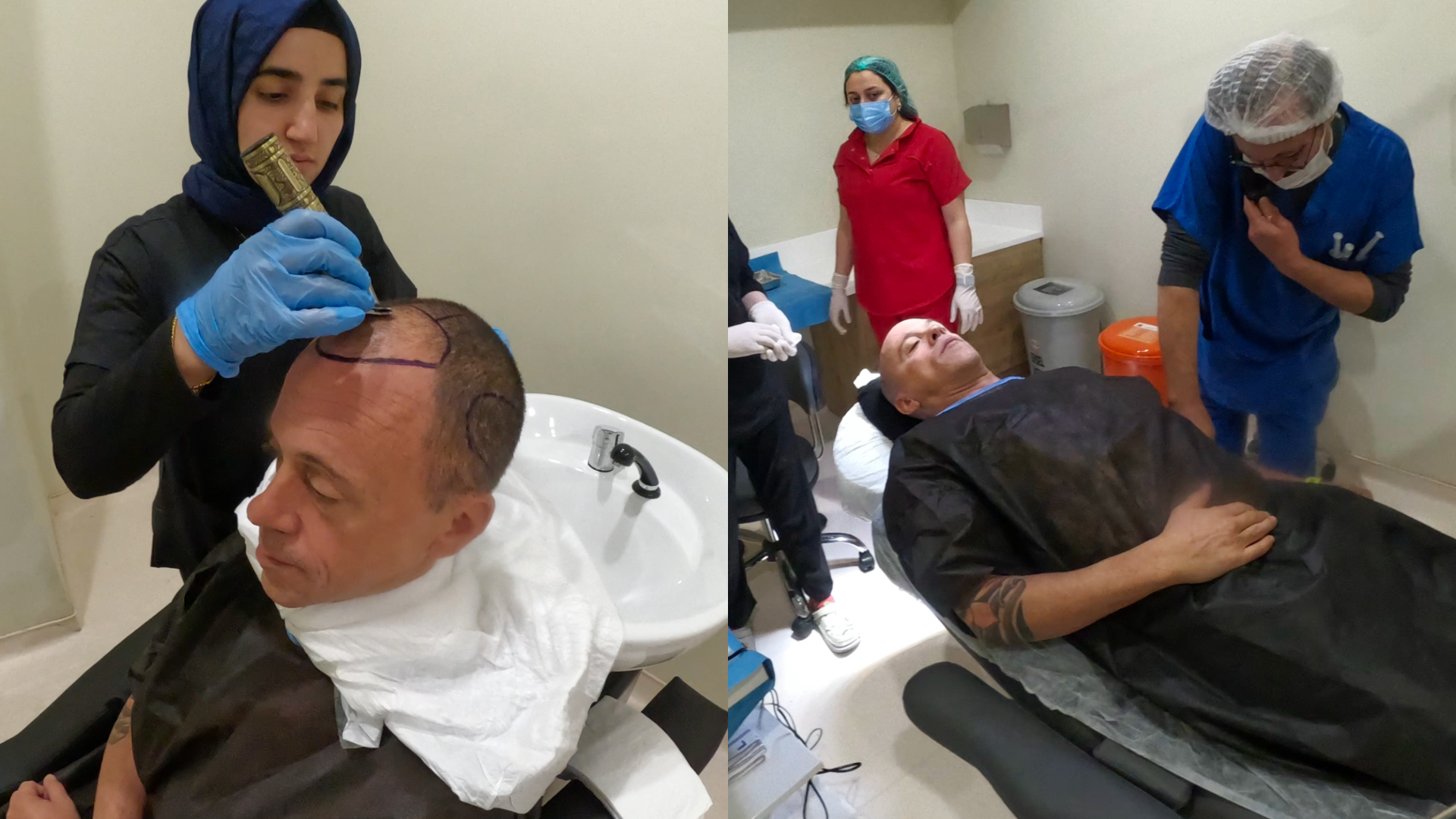
PRP treatment, an effective therapy
Often prescribed and used in the best hair implant protocols to maximise the success of implantation and regrowth of surgically implanted follicles, the PRP treatment (Platelet Rich Plasma) consists of injecting, by micro-injections into the scalp, Platelet Rich Plasma, with a small quantity of blood taken from the patient and passed through a centrifuge. Scientific research has demonstrated the effectiveness of this technique, which is totally safe and minimally invasive, and is also proving effective in significantly slowing hair loss, particularly in cases of androgenic alopecia.
The advantages of a hair transplant after the age of 50
Hair transplantation is now a very common cosmetic medicine treatment, chosen by more and more patients to quickly regain a full, natural head of hair. The operation, performed under local anaesthetic, is painless, has no side effects and takes no more than a day. You can resume your normal lifestyle the very next day, with only sporting activities being restricted for the first few months. The effects of hair implantation are rapidly visible to the naked eye, with the first re-growth as early as the third or fourth month, and the final effects obtained one year after the transplant.
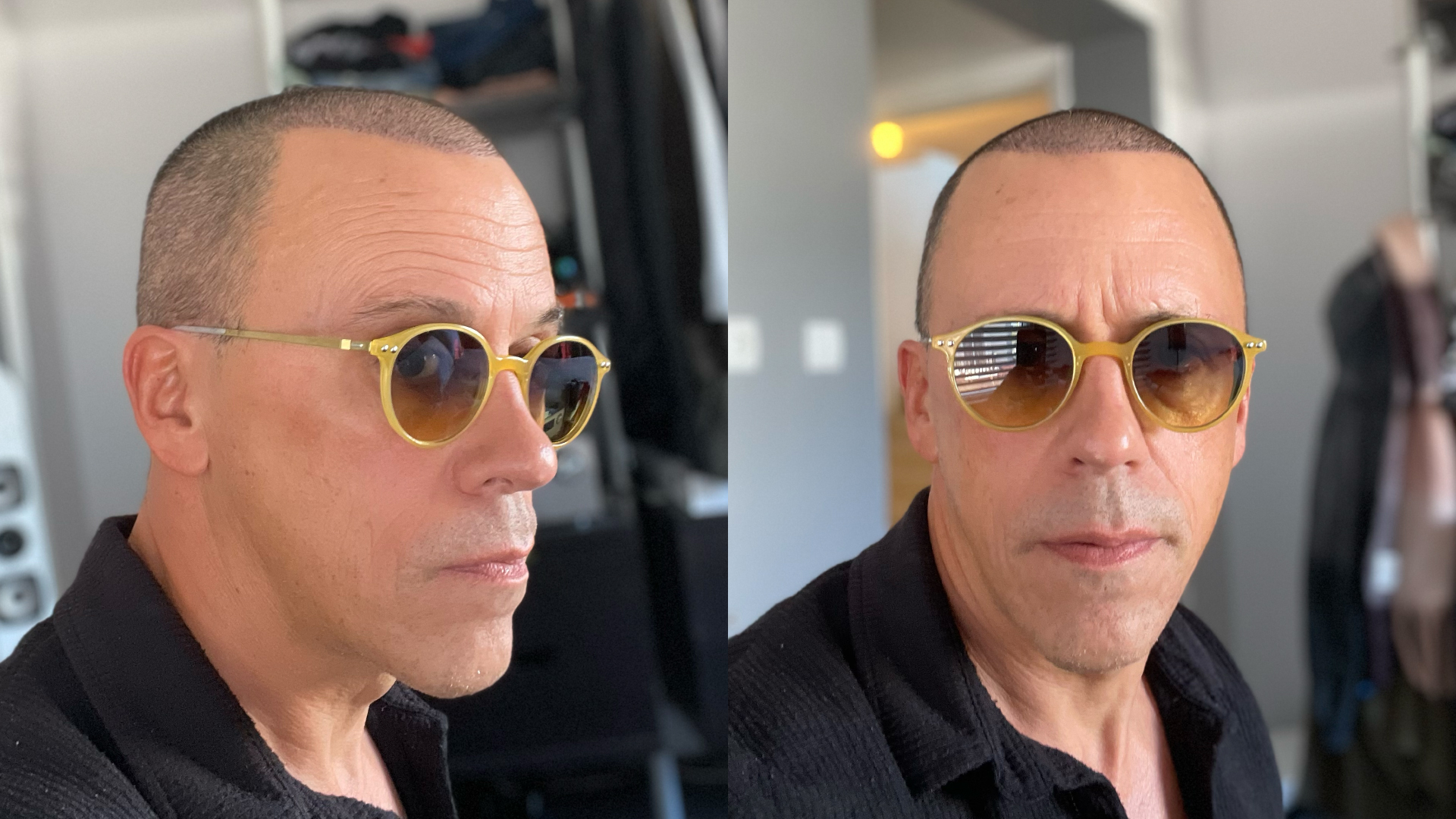
Medical assessment and eligibility criteria
Once the decision has been taken, a hair transplant always begins with a pre-operative check-up, including a cardiovascular assessment and blood tests, as well as an analysis of the patient’s medical and surgical history. Certain cardiovascular diseases may be contraindicated, potentially disrupting blood circulation and oxygenation of the scalp, and thus threatening the successful implantation of the transplanted follicles.
Techniques adapted to senior patients
- FUE hair transplantation is the most common technique used in hair transplantation today.
- Sapphire FUE hair transplantation is based on the same principles as FUE hair transplantation, except that it uses sapphire-tipped blades.
- DHI hair grafting is a grafting technique using a specific implantation stylet for the extraction and insertion of follicular grafts.
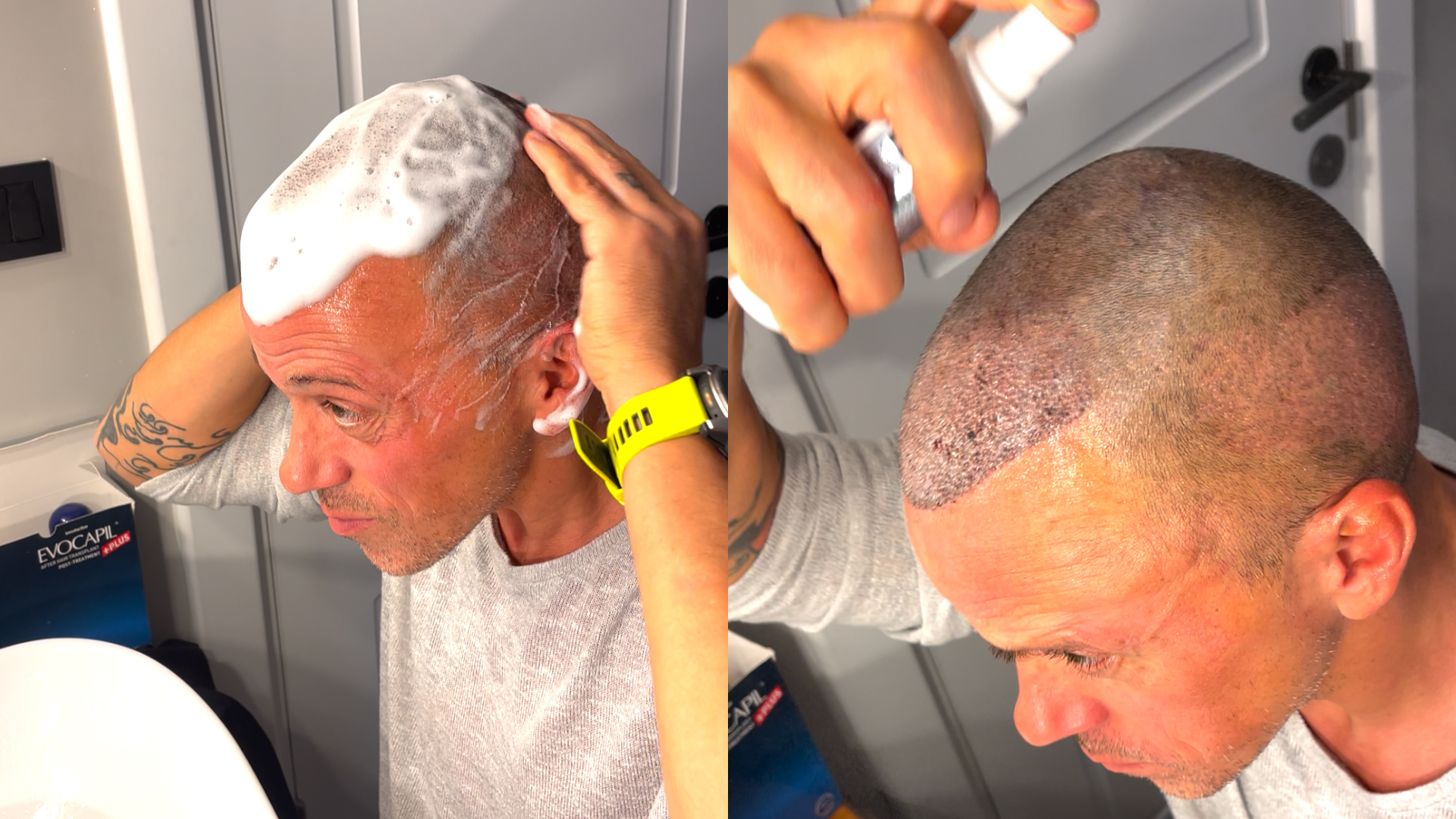
PRP treatment, to guarantee successful grafting
To ensure the best possible grafting results from the implanted follicles, the grafts can be treated using the PRP (Platelet Rich Plasma) protocol.
Post-transplant recovery and results
What these different grafting techniques have in common is that they are minimally invasive, and integrate perfectly with existing hair, with a density adapted to the patient’s age. They require minimal post-operative care and allow for rapid recovery.

Follow post-operative protocols
A successful transplant is also determined by strict maintenance of the hair after the operation. Your surgeon will prescribe and supply creams to help the healing process. Argan, sesame or coconut oil can also help nourish the scalp, and gentle shampoos made from natural ingredients are preferred.
After a hair transplant, it is normal to observe a phase of temporary loss of transplanted hair, known as ‘shock loss’. This is a natural phenomenon and nothing to worry about. The hair will gradually grow back in the months that follow, according to a very specific pattern. After 8 to 12 months, the final results of the transplant will be visible.
Sources
True, R. H. (2021). Is Every Patient of Hair Loss a Candidate for Hair Transplant?—Deciding Surgical Candidacy in Pattern Hair Loss. Indian Journal of Plastic Surgery, 54(4), 435-440.
4026 vues
0 commentaires
0


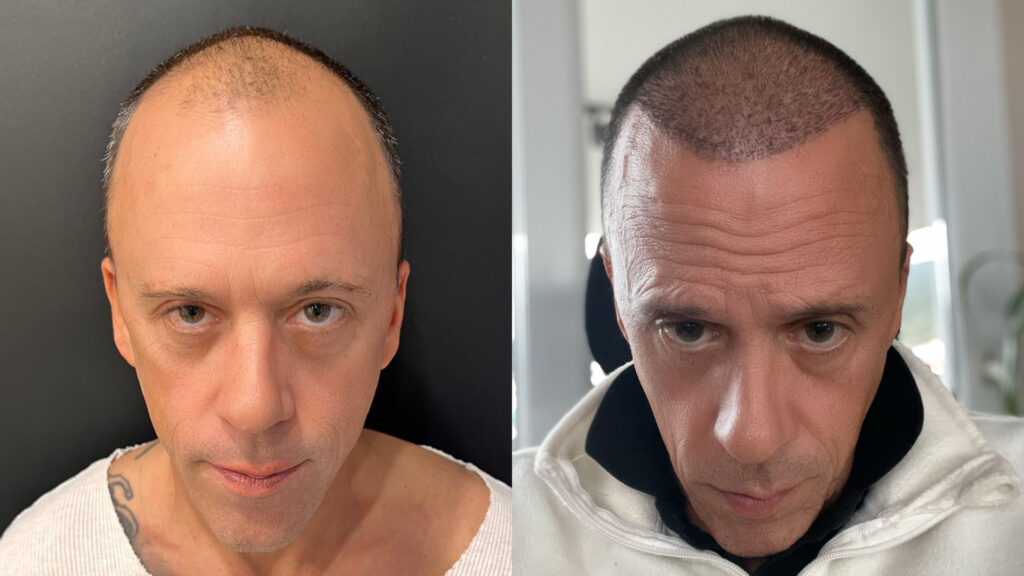
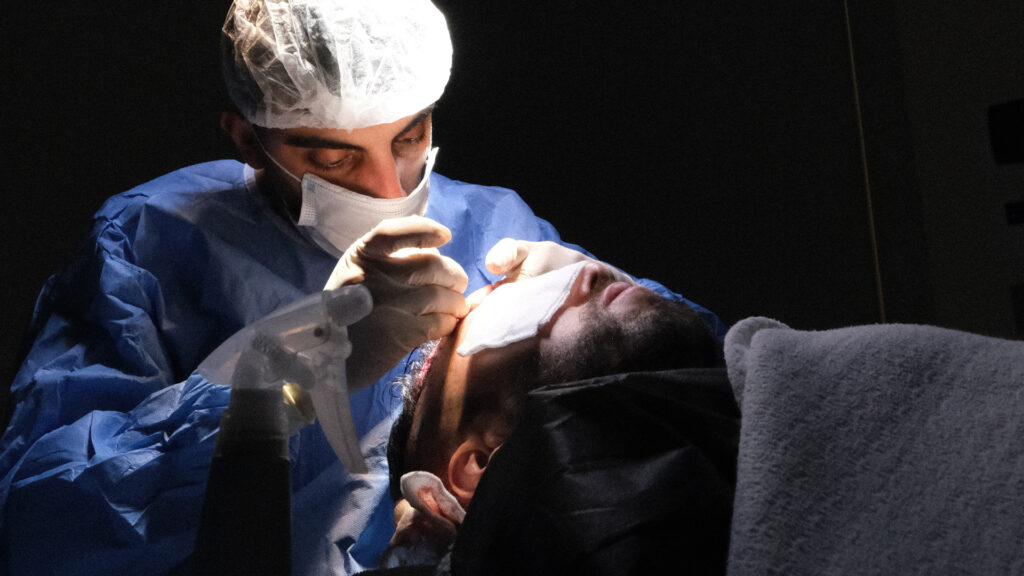
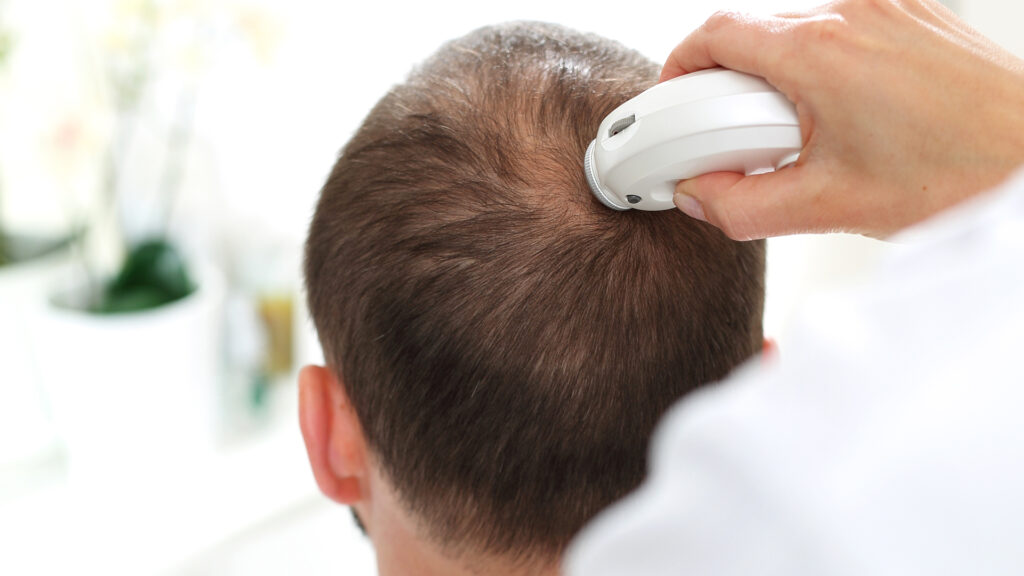
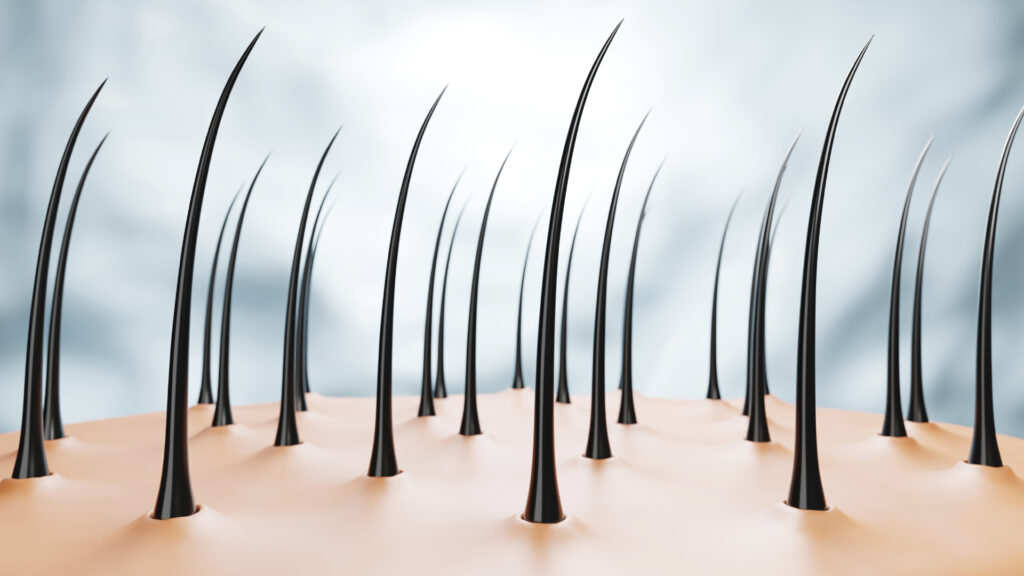
Il n'y a pas de commentaires pour le moment.